Home>Furniture>Outdoor Furniture>How Deep Should A Pea Gravel Patio Be
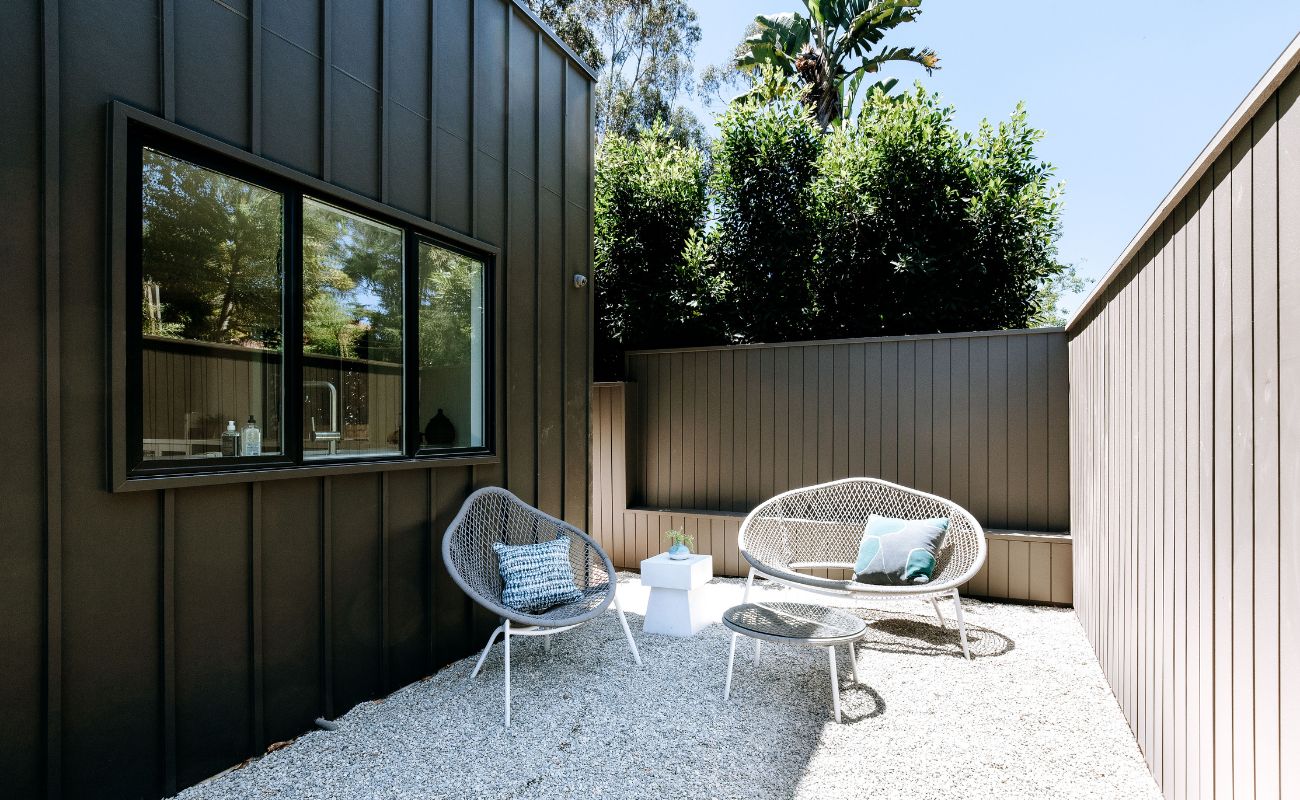

Outdoor Furniture
How Deep Should A Pea Gravel Patio Be
Modified: May 6, 2024
Discover the ideal depth for a pea gravel patio and transform your outdoor space. Create a durable foundation for your outdoor furniture with the perfect amount of pea gravel.
(Many of the links in this article redirect to a specific reviewed product. Your purchase of these products through affiliate links helps to generate commission for Storables.com, at no extra cost. Learn more)
Introduction
A pea gravel patio is a versatile and cost-effective option for adding a functional and attractive outdoor living space to your home. Whether you’re looking to create a cozy seating area or a vibrant entertainment space, the natural look and feel of pea gravel can enhance the beauty of your outdoor area.
In this article, we will explore the benefits of a pea gravel patio, factors to consider when planning your project, the recommended depth for a pea gravel patio, steps to prepare and install it, and maintenance tips to keep your patio looking its best.
So, if you’re ready to transform your outdoor space, let’s dive into the world of pea gravel patios.
Key Takeaways:
- Pea gravel patios are budget-friendly, easy to install, and require minimal maintenance. They offer a natural and versatile outdoor space for relaxation and entertainment, making them a popular choice for homeowners.
- To ensure a stable and long-lasting pea gravel patio, consider factors like usage, climate, and drainage. Regular maintenance, such as raking, weed removal, and addressing erosion, will preserve its beauty and functionality.
Read more: How To Build A Pea Gravel Patio
Benefits of a Pea Gravel Patio
A pea gravel patio offers several advantages that make it a popular choice among homeowners. Let’s explore some of the key benefits:
- Natural Appearance: One of the main advantages of a pea gravel patio is its natural and rustic appearance. The small, round stones create a charming and organic feel, blending effortlessly with the surrounding landscape. This makes it a perfect choice for both traditional and modern outdoor spaces.
- Cost-effective: Compared to other patio materials like pavers or concrete, pea gravel is a budget-friendly option. It is readily available and typically costs less per square foot to install. This makes it a great alternative for homeowners who want a beautiful outdoor space without breaking the bank.
- Easy Installation: Installing a pea gravel patio is relatively straightforward, especially if you have a flat and well-prepared surface. Unlike more complex materials, such as concrete or tile, pea gravel can be easily spread and leveled to create a smooth and even surface.
- Low Maintenance: Pea gravel patios require minimal maintenance. Unlike traditional grass lawns or wooden decks, they don’t need regular mowing, watering, or sealing. Simply rake the stones occasionally to keep them in place and remove any debris that may accumulate over time.
- Drainage: Pea gravel is permeable, allowing water to easily drain through the spaces between the stones. This is especially beneficial in areas prone to heavy rainfall, as it helps prevent standing water and potential issues like flooding or erosion.
- Versatility: Another advantage of a pea gravel patio is its versatility. It can be used in various outdoor settings, including patios, walkways, and even as a surface around swimming pools or fire pits. It can also be combined with other materials, such as pavers or stepping stones, to create unique designs and patterns.
With all these benefits, it’s no wonder that pea gravel patios have become a popular choice among homeowners looking to enhance their outdoor living spaces.
Factors to Consider
Before diving into your pea gravel patio project, there are a few factors to consider to ensure its success. Taking these into account will help you plan and create a patio that suits your needs and lasts for years to come.
- Purpose and Function: Determine the primary purpose of your pea gravel patio. Will it be primarily used as a seating area for outdoor dining and relaxation, or as a play area for children? Understanding the intended function of the space will help you determine the size and layout of your patio.
- Location: Choose the location carefully. Consider factors such as sunlight exposure, proximity to your home, and any existing features you may want to incorporate, such as trees or garden beds. Assess the accessibility of the area, as well as how it fits into the overall flow of your outdoor space.
- Drainage: Proper drainage is crucial for a long-lasting pea gravel patio. Ensure that the area where you plan to install the patio has adequate slope to allow water to run off. Additionally, consider adding a layer of landscape fabric or a gravel grid system to prevent weed growth and promote proper water drainage.
- Edges and Borders: Determine the type of edging or border you will use to define and contain your pea gravel patio. Options include natural stone, brick, metal, or even wood. Edging will not only enhance the visual appeal but also help keep the gravel in place and prevent it from spreading into other areas.
- Accessibility: Depending on your needs, consider whether you want a smooth surface or one with a bit of texture for added grip. Smoother pea gravel is ideal for walking or placing outdoor furniture, while a slightly coarser texture may be preferred for areas where children will be playing.
- Climate: Take into account your local climate when planning your patio. Extreme temperatures, freeze-thaw cycles, or heavy rainfall may affect the stability and longevity of the pea gravel. Consider adding a stabilizing agent to help bind the gravel together and prevent shifting or erosion.
Considering these factors will help you make informed decisions and create a pea gravel patio that is both functional and aesthetically pleasing.
Recommended Depth for a Pea Gravel Patio
The depth of your pea gravel patio is an important consideration to ensure its stability, durability, and overall aesthetic. While there is no one-size-fits-all answer, a recommended depth of 2 to 4 inches is generally suitable for most pea gravel installations.
Here are a few factors to consider when determining the depth:
- Usage: If your patio will primarily be used for foot traffic, such as a seating area or a pathway, a depth of 2 to 3 inches is usually sufficient. However, if you plan to place heavy furniture or equipment, a deeper depth of 3 to 4 inches will provide added stability.
- Climate: Consider your climate and weather conditions. In areas with heavy rainfall or frequent freeze-thaw cycles, a deeper depth may be necessary to prevent gravel displacement or uneven surfaces. A thicker layer of pea gravel can offer better stability and prevent the stones from sinking into the ground over time.
- Drainage: An adequate depth allows for proper drainage, preventing puddles or water accumulation on the surface. If your soil has poor drainage, consider increasing the depth to ensure that water flows through the gravel layer effectively.
- Substrate Preparation: Before laying the pea gravel, it’s essential to prepare the substrate properly. This typically involves removing vegetation, grading the area, and adding a layer of compacted base material like crushed stone or sand. The depth of the base layer will also factor into the overall depth of your patio.
- Personal Preference: Ultimately, the desired depth of your pea gravel patio may also depend on personal preference. Some homeowners prefer a thicker layer for a more substantial and luxurious look, while others may opt for a thinner layer for a more minimalist feel.
Remember, the recommended depth serves as a general guideline, and it’s important to take into account your specific needs and circumstances when determining the ideal depth for your pea gravel patio. If you’re unsure, consulting with a professional landscaper or contractor can help you make an informed decision.
A pea gravel patio should be at least 4 inches deep to provide adequate support and prevent shifting. Adding a layer of landscape fabric underneath can help prevent weeds from growing through.
Steps to Prepare and Install a Pea Gravel Patio
Creating a pea gravel patio involves several steps to ensure a solid and long-lasting surface. Follow these steps to prepare and install your pea gravel patio:
- Plan and Measure: Begin by planning and measuring the area where you want to install the patio. Mark the boundaries and consider factors such as the desired shape, size, and any additional features like a seating area or fire pit.
- Prepare the Area: Clear the area of any existing vegetation, rocks, or debris. Use a shovel and rake to remove any grass, roots, or stones. Ensure that the surface is level and even.
- Define Edges: Install edging or borders to define the patio area and keep the pea gravel contained. This can be done using materials like natural stone, brick, or metal. Dig a small trench along the perimeter and secure the edging in place.
- Add Base Material: If necessary, add a layer of base material like crushed stone or sand to create a stable foundation. Compact the base material using a tamper or plate compactor. This will provide a solid surface for the pea gravel and promote proper drainage.
- Lay Landscape Fabric: Lay down a geotextile landscape fabric over the prepared area. This will help prevent weed growth and keep the pea gravel separate from the underlying soil. Trim any excess fabric and secure it in place using landscape fabric staples.
- Distribute and Level the Pea Gravel: Pour the pea gravel onto the landscape fabric, starting from one corner and working your way across the patio area. Use a garden rake to evenly spread the gravel, ensuring a consistent depth throughout. Aim for a final depth of 2 to 4 inches, depending on your specific requirements.
- Compact the Pea Gravel: Use a plate compactor or hand tamper to lightly compact the pea gravel, ensuring it settles into place. This will help create a more stable and even surface. Repeat this process a few times, adding more pea gravel if needed, until you achieve the desired compaction.
- Clean and Maintain: To finish, use a leaf blower or broom to remove any excess gravel or debris from the patio surface. Regularly rake the pea gravel to keep it level and prevent the formation of uneven areas. Additionally, consider adding a layer of finer gravel or crushed stone to fill in any gaps or areas that may become worn over time.
Following these steps will help ensure a successful installation of your pea gravel patio. Remember to take your time, have fun with the process, and enjoy the transformation of your outdoor space.
Read more: How Deep Should A Gravel Driveway Be
Maintenance Tips for a Pea Gravel Patio
While pea gravel patios are known for their low maintenance requirements, a little care and attention can go a long way in preserving their beauty and functionality. Here are some maintenance tips to keep your pea gravel patio in top condition:
- Regularly Rake: To prevent uneven areas and ensure proper drainage, regularly rake the surface of your pea gravel patio. This will help redistribute the gravel and keep it level. Pay attention to high-traffic areas or sections that may become compacted over time, and rake them more frequently.
- Remove Weeds: Despite the use of landscape fabric, weeds may occasionally sprout through the pea gravel. Take the time to manually pull out any weeds or unwanted vegetation that appear. This will help maintain the clean and neat appearance of your patio.
- Address Drainage Issues: Over time, the pea gravel may shift or settle, affecting the patio’s drainage. If you notice areas where water gathers or puddles form, address them promptly. Redistribute the gravel or add additional gravel as needed to ensure proper water flow and prevent standing water.
- Address Erosion: Heavy rainfall or foot traffic can cause erosion along the edges of your pea gravel patio. Regularly inspect the edges and fill in any eroded areas with additional gravel. You can also reinforce the edges with additional edging materials or materials like landscape timbers or bender board.
- Monitor Stabilization: Over time, the pea gravel may shift or become displaced. Monitor the stability of your patio and check for any areas that need to be re-compacted or leveled. Use a plate compactor or hand tamper to fix any uneven areas, ensuring a solid and even surface.
- Control Weeds: To further prevent weed growth, consider using a weed control product specifically formulated for gravel areas. These products create a barrier that inhibits weed germination while allowing water to pass through. Apply the product according to the manufacturer’s instructions and reapply as necessary.
- Deal with Stains: Accidental spills or stains may occur on your pea gravel patio. Promptly clean any spills to prevent them from seeping into the gravel. Use a gentle detergent, warm water, and a scrub brush to remove stains. Avoid harsh chemicals that could damage the gravel or landscape fabric.
- Repair and Refresh: Over time, the pea gravel may naturally break down or become discolored. You can refresh the appearance of your patio by adding a new layer of pea gravel on top. This will give it a fresh and vibrant look while also helping to maintain its functionality.
By following these maintenance tips, your pea gravel patio will continue to look inviting and perform well for years to come. Regular upkeep will ensure that your outdoor space remains a beautiful and enjoyable area to relax and entertain.
Conclusion
A pea gravel patio offers a versatile and cost-effective option for creating an outdoor space that is both functional and aesthetically pleasing. With its natural appearance, low maintenance requirements, and durability, a pea gravel patio can transform your outdoor area into a welcoming retreat.
By considering factors such as usage, location, and climate, you can plan and design a pea gravel patio that suits your specific needs and enhances your outdoor living experience. The recommended depth of 2 to 4 inches ensures stability and proper drainage, while the installation process involves careful preparation and attention to detail.
To keep your pea gravel patio in pristine condition, regular maintenance is key. Raking the surface, removing weeds, addressing drainage issues, and monitoring stabilization will help preserve its beauty and functionality over time. Additionally, controlling weeds, dealing with stains promptly, and refreshing the gravel layer when necessary will further enhance the longevity of your patio.
Whether you’re creating a tranquil seating area, a charming walkway, or an inviting entertaining space, a pea gravel patio offers numerous benefits and endless possibilities for customization. It provides a cost-effective and visually appealing alternative to other patio materials, allowing you to enjoy the beauty of the outdoors without breaking the bank.
So, if you’re ready to elevate your outdoor space, consider the versatility and charm of a pea gravel patio. Take the time to plan, prepare, and install it properly, and maintain it regularly. With a little care and attention, your pea gravel patio will become the perfect oasis for relaxation, entertainment, and making lasting memories.
Excited about creating your own outdoor oasis? Why not tackle another fantastic project that can transform your backyard into a delightful retreat? Learn how to build a DIY patio, a process simpler than you might think and perfect for personalizing your outdoor space. With practical tips and clear instructions, you'll be able to set up a charming area for relaxing or hosting gatherings in no time. Don't miss out on this opportunity to enhance your garden's appeal and functionality!
Frequently Asked Questions about How Deep Should A Pea Gravel Patio Be
Was this page helpful?
At Storables.com, we guarantee accurate and reliable information. Our content, validated by Expert Board Contributors, is crafted following stringent Editorial Policies. We're committed to providing you with well-researched, expert-backed insights for all your informational needs.
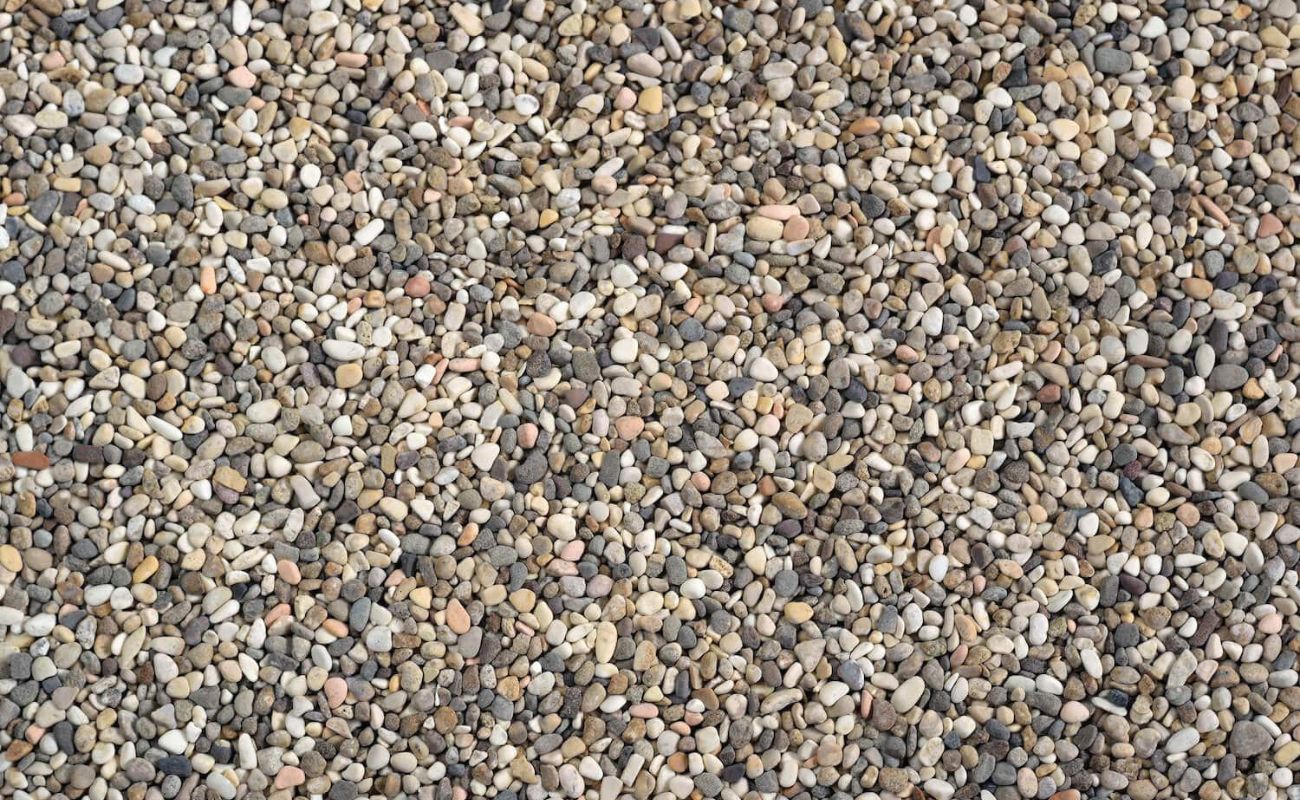
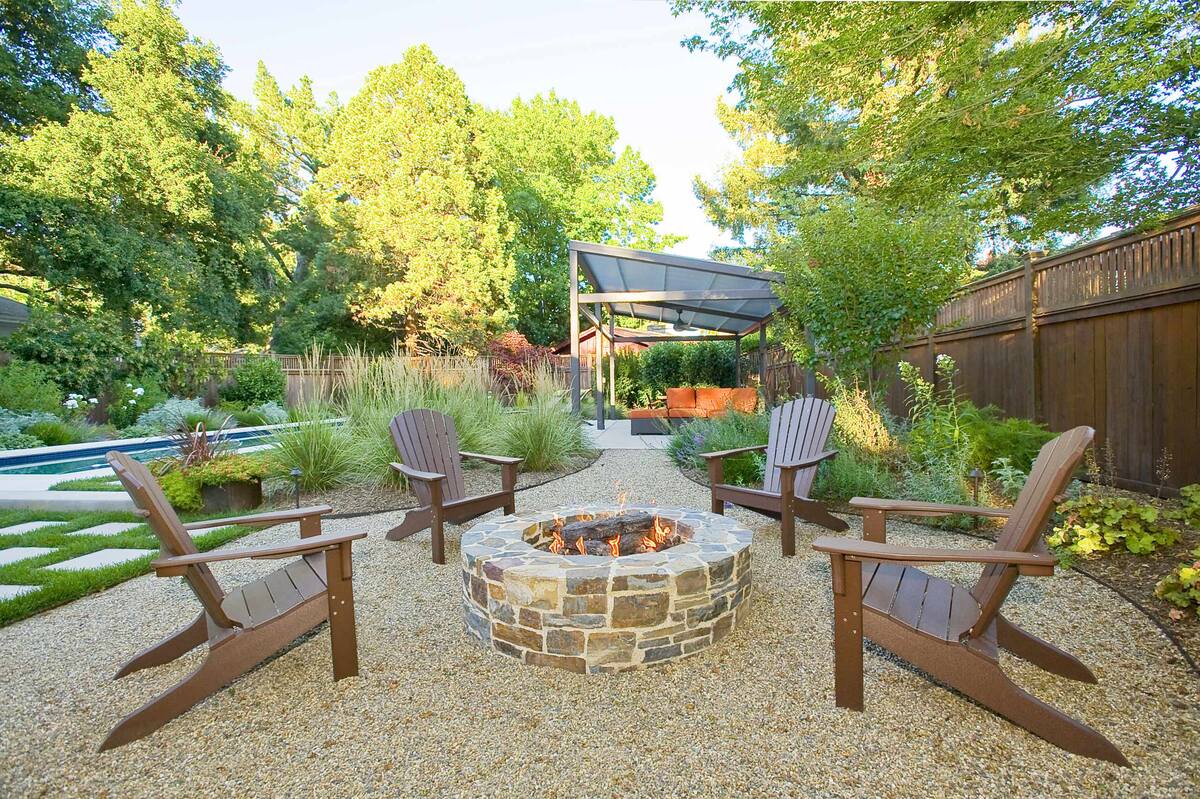
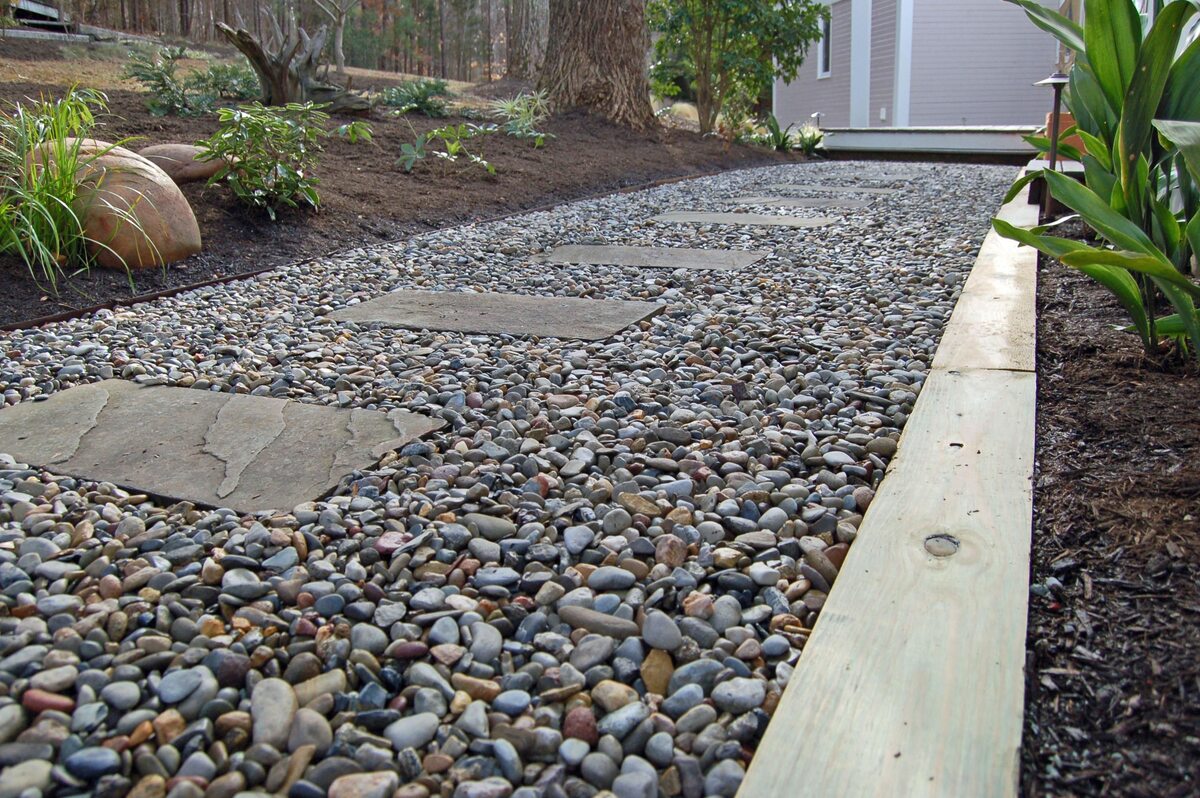
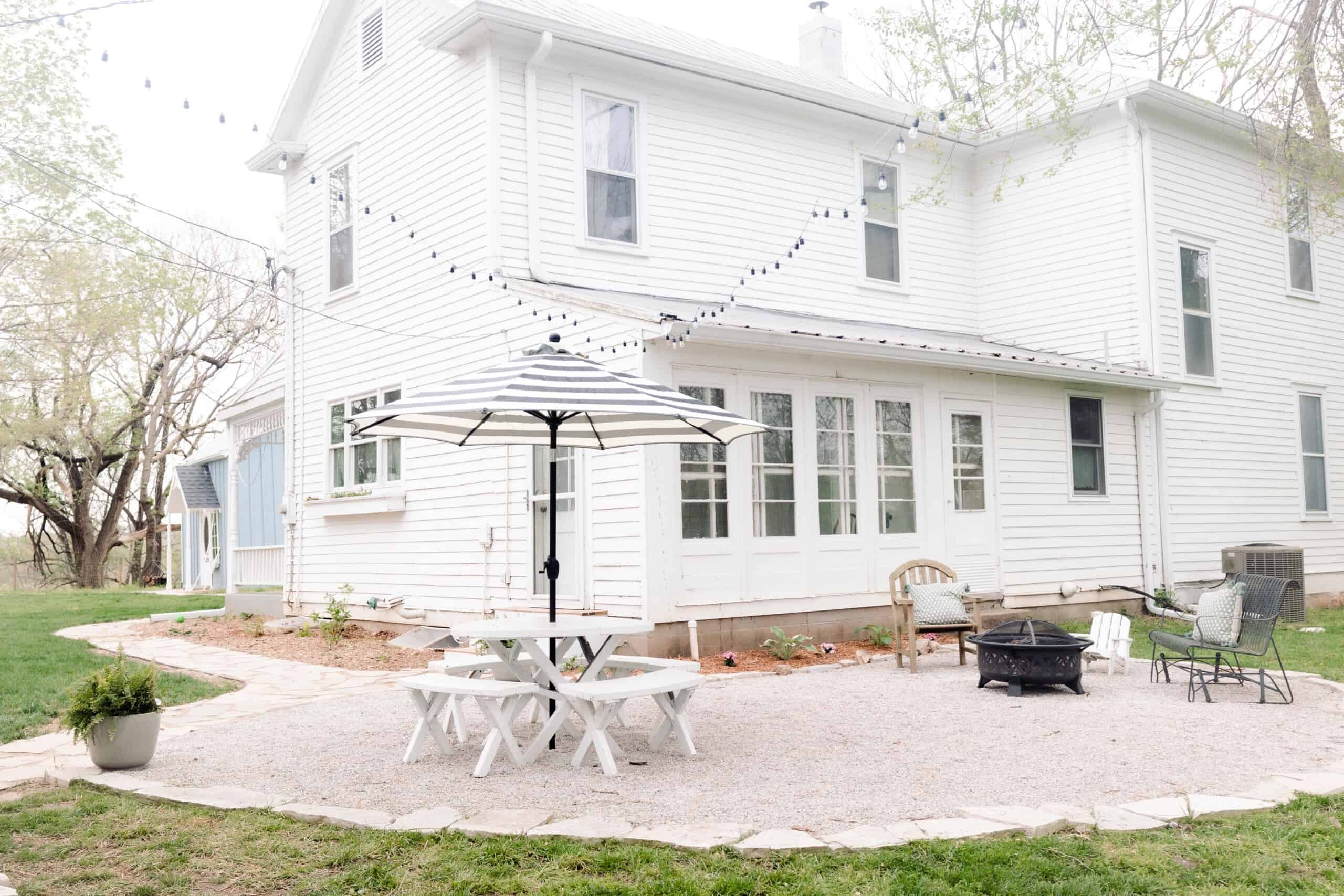
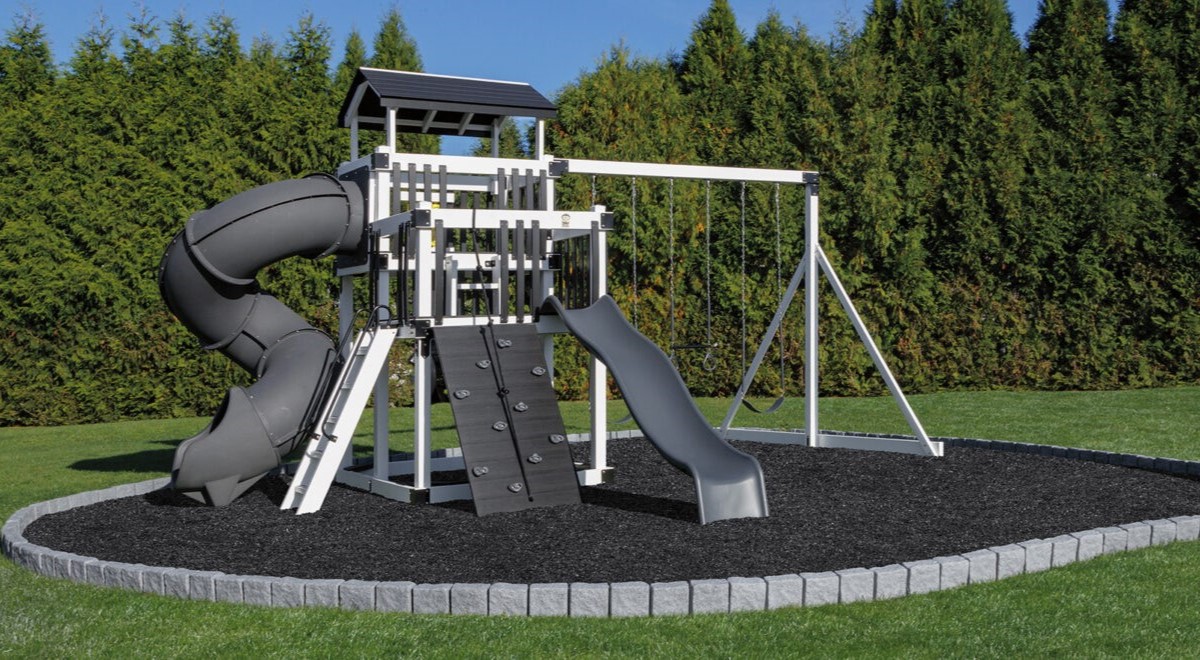


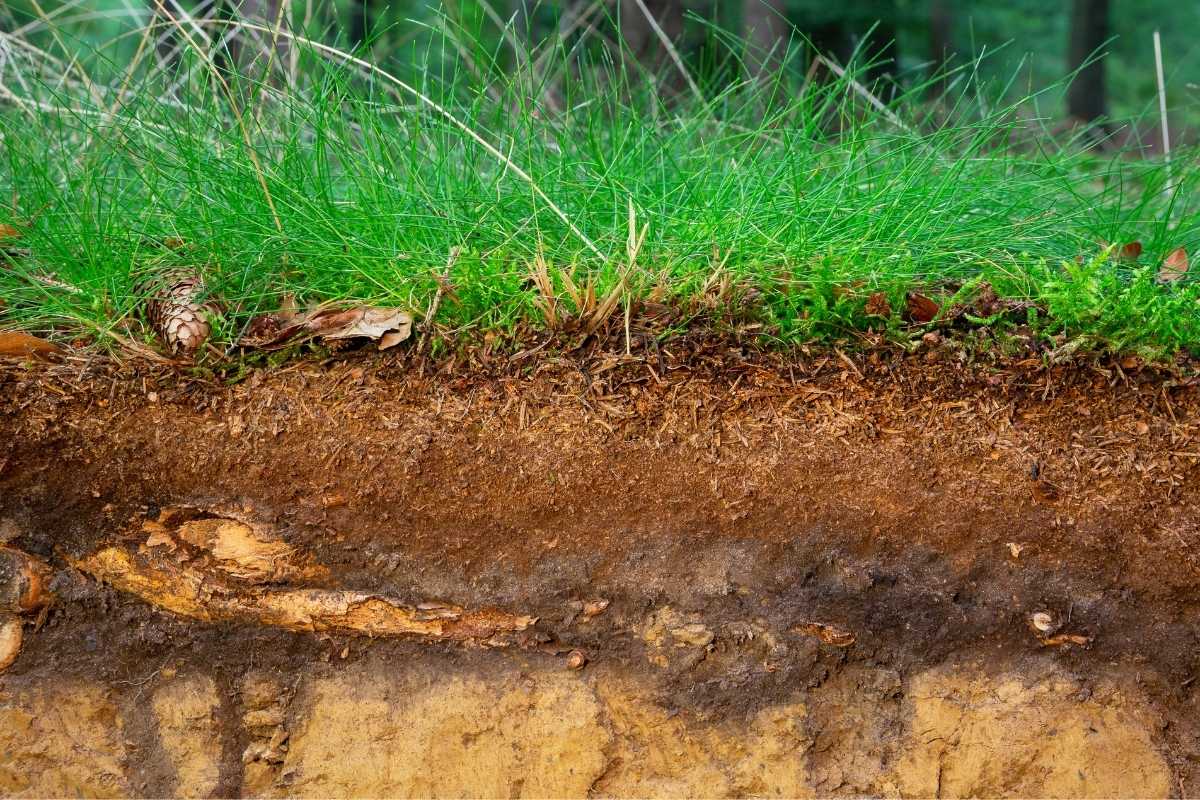
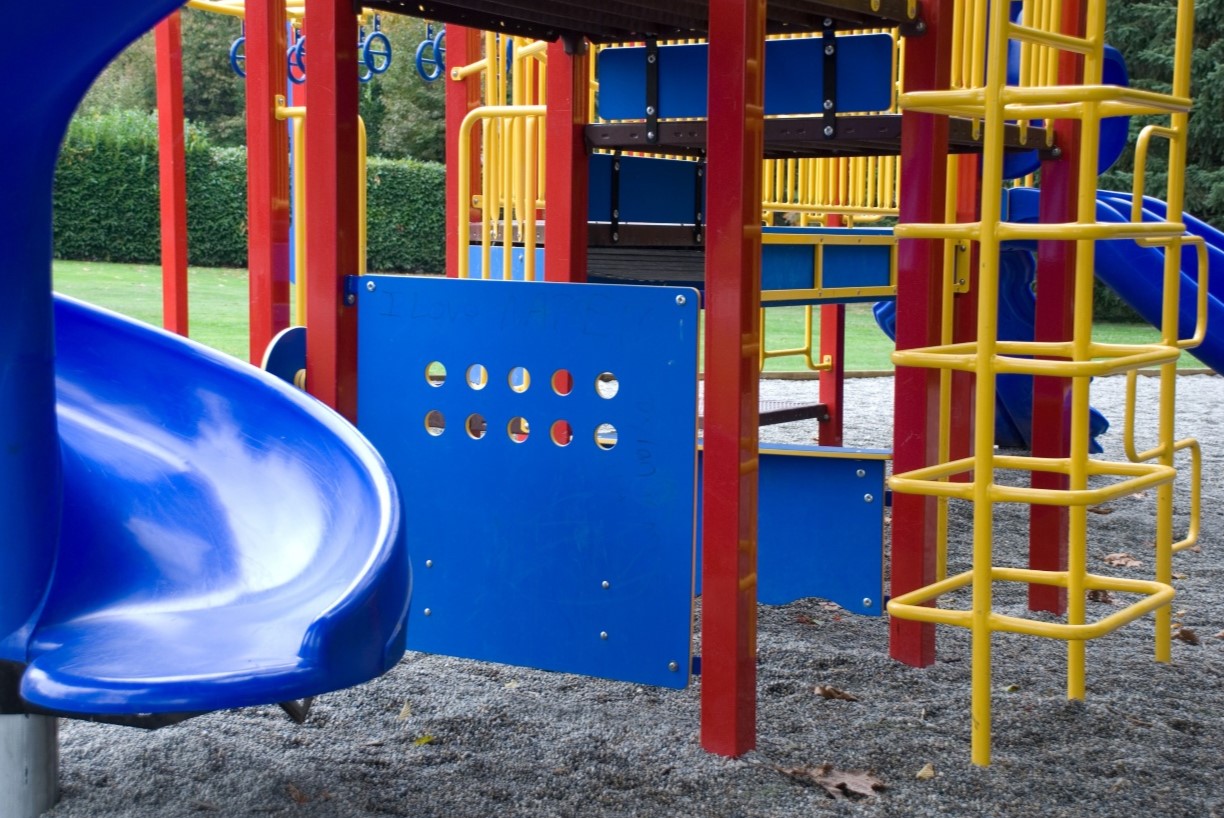
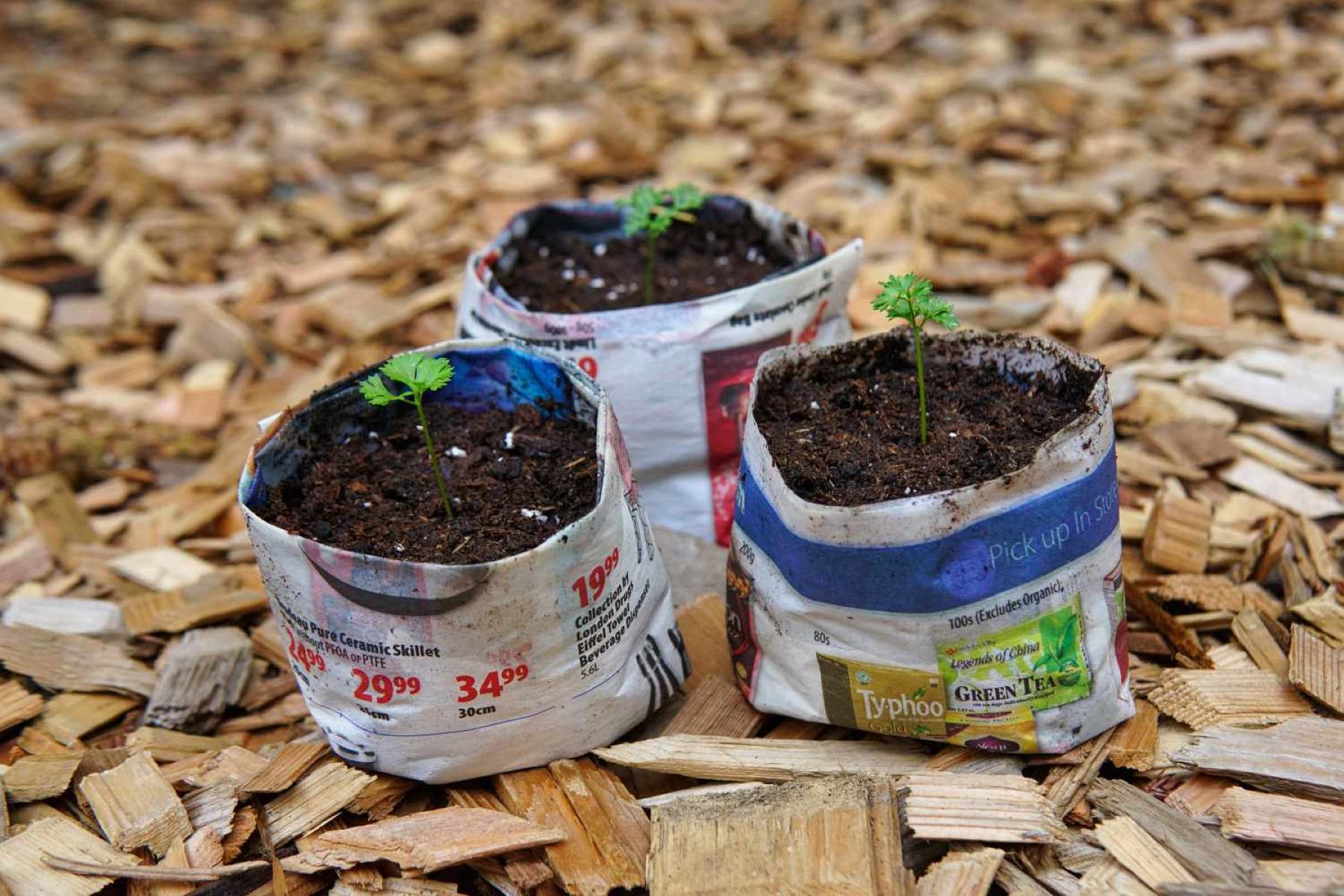
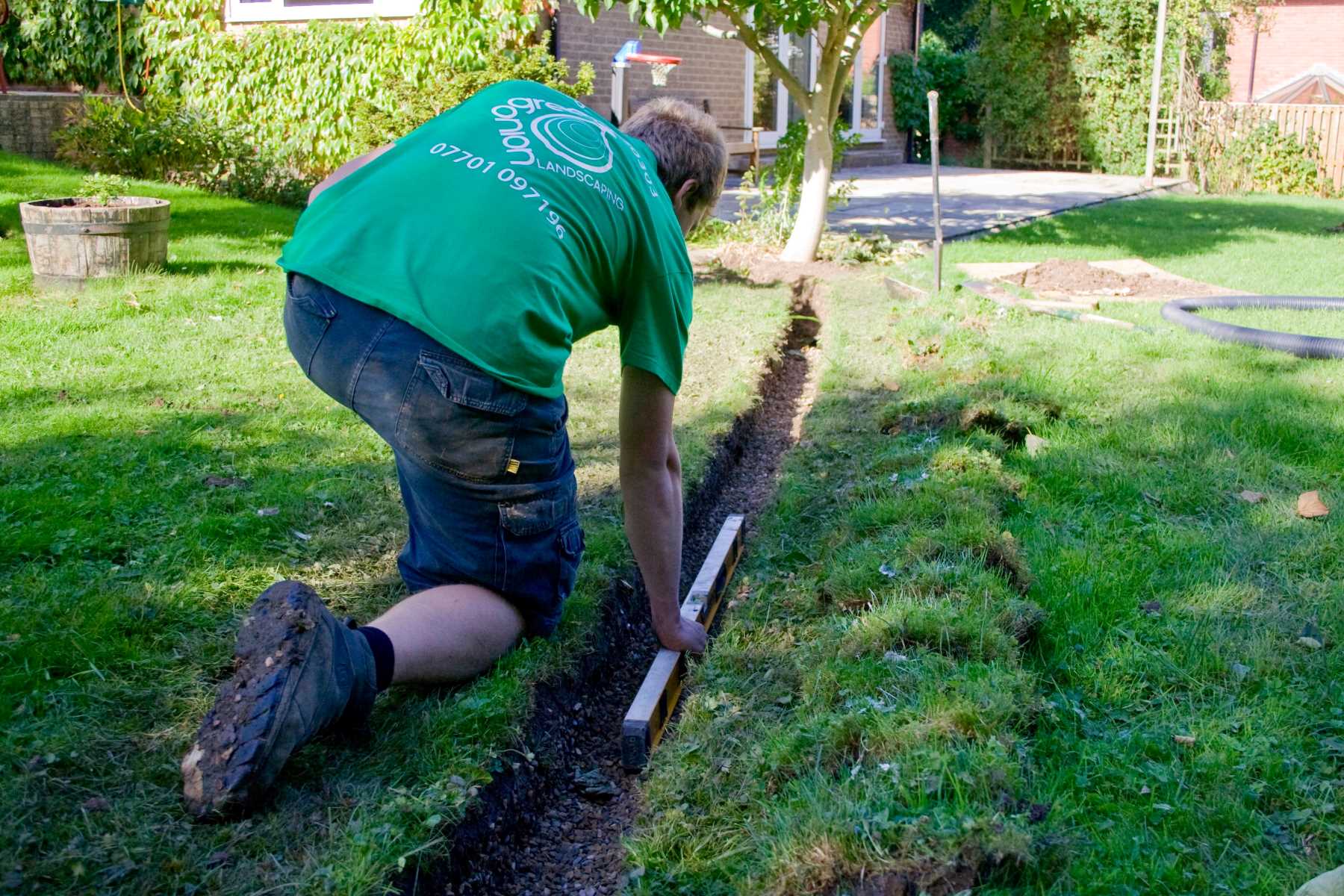
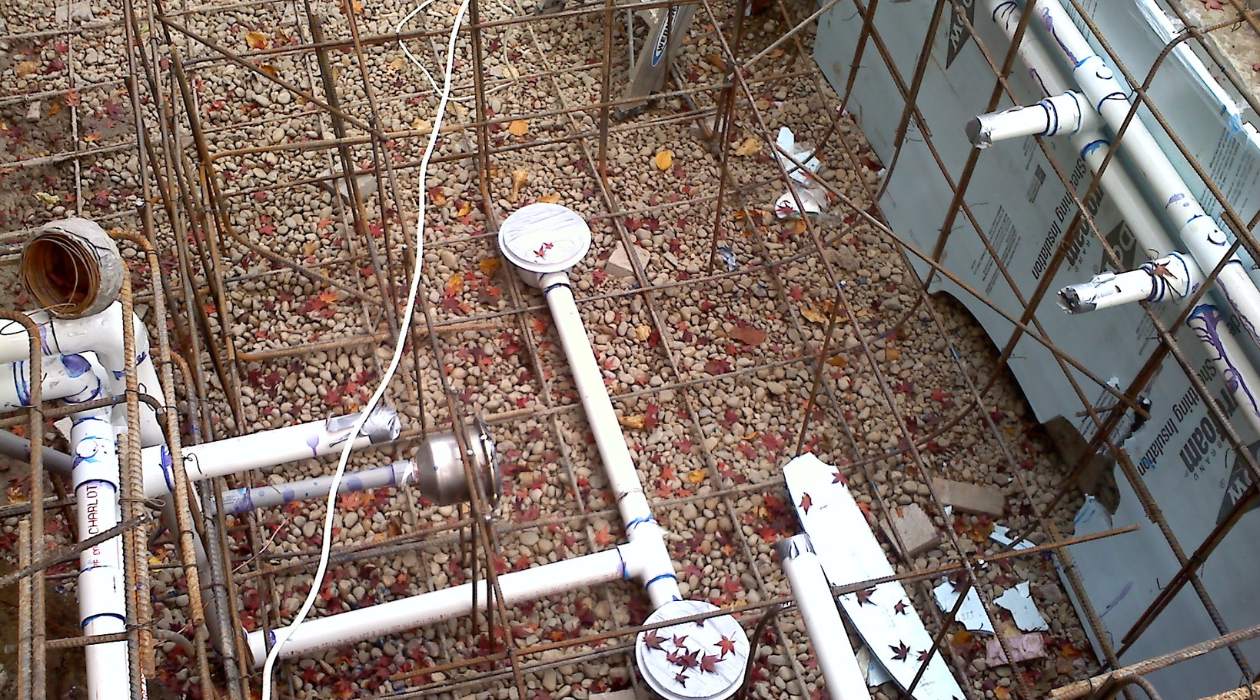
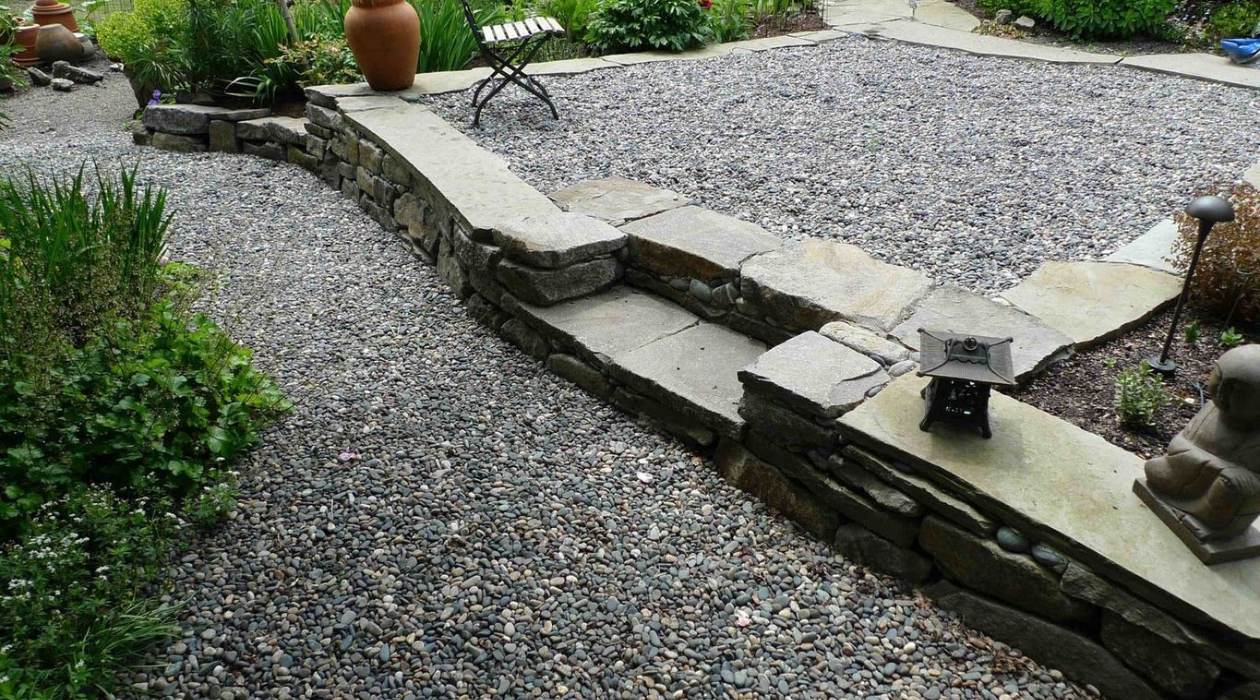


0 thoughts on “How Deep Should A Pea Gravel Patio Be”